London is a busy, sprawling city, and getting around can feel daunting if you are unfamiliar with the place. Fortunately, navigating your way around London is easy once you understand the transport options available. Public transit in London is very efficient, and there are various options that can get you where you need to go. Here is our guide on travelling throughout London.
Oyster Card
If you are planning on using any public transport in London, you should consider purchasing a Visitor Oyster card. An Oyster card is a smartcard that you can add credit to, plus it can be used on any bus, rail, tram or ferry in London. An Oyster card saves time purchasing individual tickets and works out cheaper than paying for single fares. You can purchase your card from stations and newsagents across London for £5 plus additional credit (we recommend loading at least £20 for three days). Once you have your card, just swipe it at any gate or ticket machine, then swipe it again when disembarking.
London Underground
The London Underground, also known as the Tube, is the fastest and most popular way to get around London. This sprawling underground rail network is made up of 11 lines servicing 270 stations across the city. Take note of the nearest Underground station to you and the closest to your destination. From there, you can use the traditional Underground map to work out the line you need to take to get there, as well as any stations you need to change at. There are also apps like Citymapper that make planning your journey easier. Fares cost £4.90 for individual tickets or £2.90 with an Oyster card. Trains run from 5:00 AM to 1:00 AM daily, though there are limited services outside these hours on Fridays and Saturdays.

London Underground
London Overground, DLR, Elizabeth Line and Tram
If you are planning on taking day trips outside central London, the overground rail network is an excellent option. The London Overground rail network has trains that reach the London suburbs and outer regions, making it a useful addition to the existing transport network. Other rail options in London include the DLR, or Docklands Light Rail, which is a driverless train line servicing the eastern side of London. There is also the Elizabeth line, which connects nearby towns to central London and offers a faster route to Heathrow Airport. Finally, the London tram line services the southern parts of the city and operates similarly to the bus network.
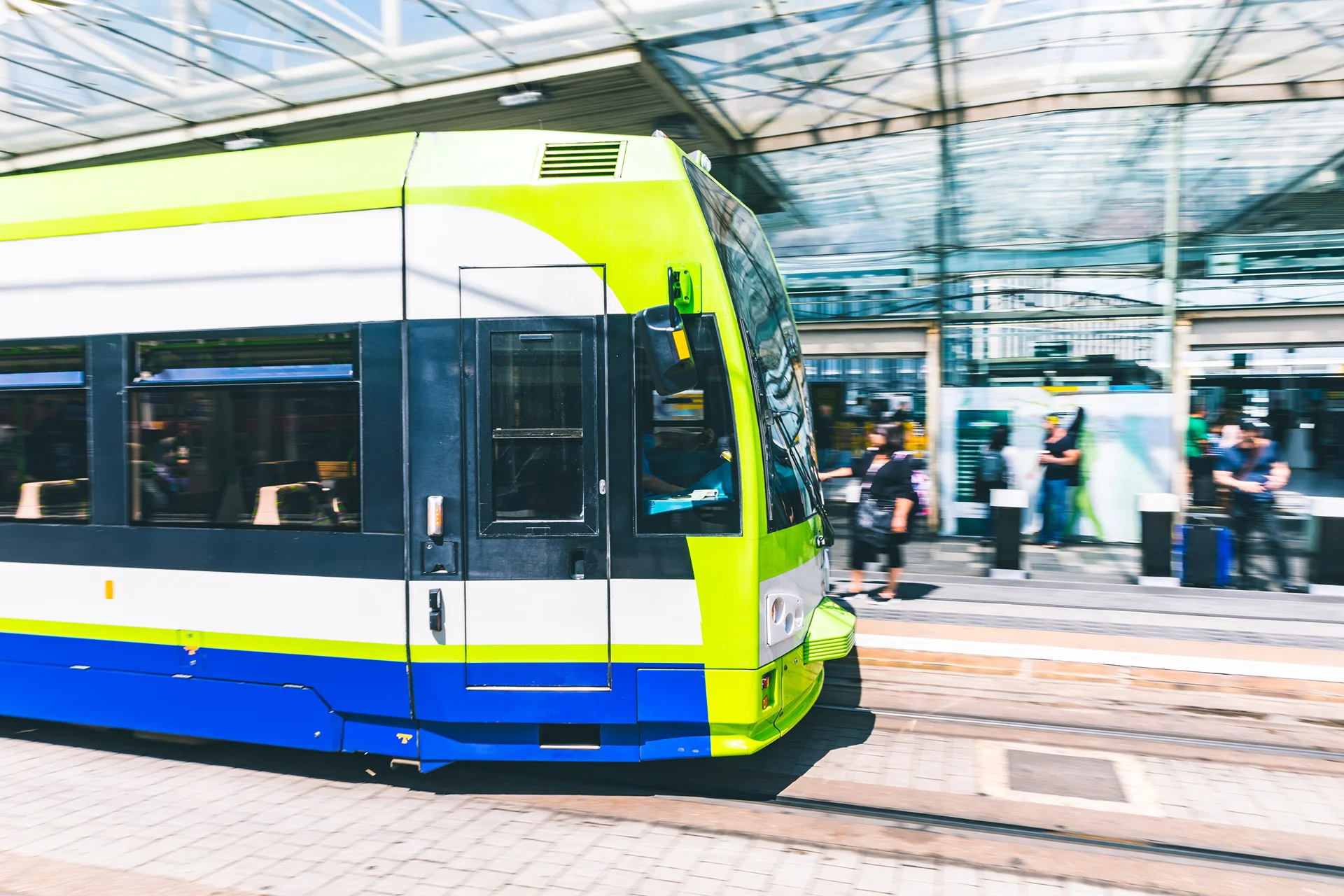
Tramlink
Bus
London’s iconic red double-decker buses serve over 19,000 bus stops across the city, making it the next popular public transport option after the London Underground. They make for an enjoyable view of the city, especially from the top deck, but are slower than the underground due to more frequent stops. Buses run from 5:00 AM to 11:30 PM, and fares usually cost from around £1.50. You can find maps online to plan out your journey, or alternatively download an app to find out when the next bus is due to arrive. Be aware that, unlike the underground, buses are subject to peak hour traffic, so try to avoid riding during these times if you are in a hurry.

AEC Routemaster
Taxi
While possibly the most expensive option for transport, black cabs can be useful for getting around in London quickly. This is because cab drivers in London undergo up to five years of intensive training and exams to acquire “The Knowledge”, allowing them to navigate over 25,000 streets by memory. You can identify London cabs by the yellow sign above the windshield. To hail one, simply put out your hand and signal one. Keep in mind that cab fares are metered, and the base charge is £3.80, followed by 20p per distance travelled or time taken, depending on the tariff the cabbie is using. Rideshare apps and minicabs are also available, although these must be booked well in advance.

London Taxi
Boat
Getting around London by boat may not be the most practical form of transport, but it is the most relaxing and scenic. Uber Boat by Thames Clippers offers transport services to stops along the Thames and offers convenient services, such as an onboard café and guaranteed seating. They also offer exclusive tours of the river at night when major landmarks are illuminated. Best of all, you can avoid the worst of peak hour traffic while on the water. Average ticket prices start at £4.80, and services operate between 5:00 AM and midnight.

Uber Boat
Cable Car
Another scenic way to get around London is by the Emirates Air Line. This London cable car service runs between the Royal Docks in East London and North Greenwich. The cable car takes you 90 metres over the Thames, offering some beautiful views of the city. The journey takes ten minutes and is great for those who regularly commute across the river. The only downside is the cost, with single one-way tickets costing £6, and £12 for a round trip. The cable car runs from 7:00 AM to 9:00 PM daily.
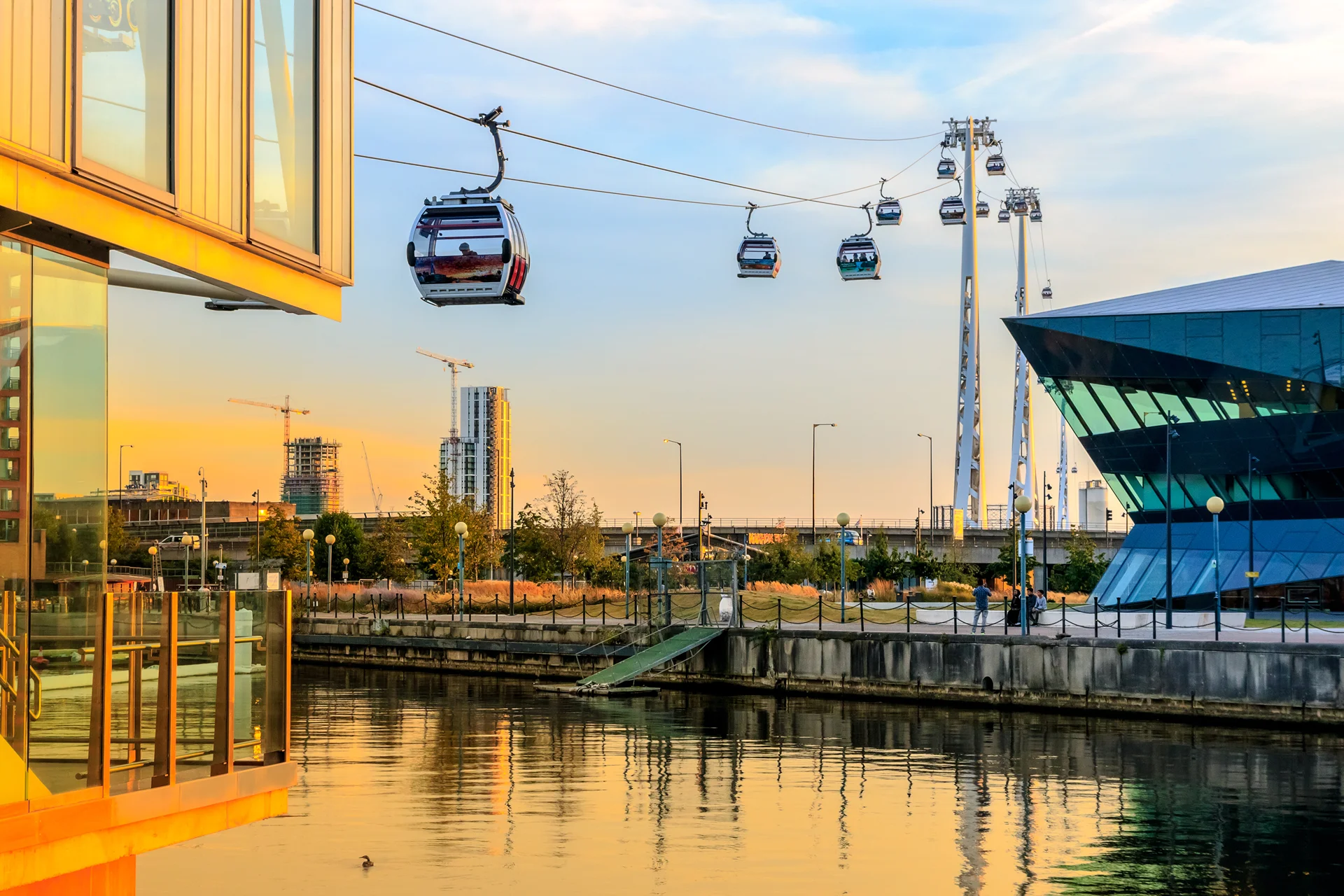
London Cable Car
Walking
Unfortunately, there is far too much distance in London to cover it all on foot. Nonetheless, there are some areas where you can easily walk between several landmarks. For example, Westminster Abbey, the Houses of Parliament and the South Bank attractions are all within easy walking distance. It can be worthwhile exploring certain districts on foot and discovering any hidden gems in the area. You may even find walking tours for certain historic areas or points of interest. Make sure to have good walking shoes, protection from the weather, and a map or phone app to help you find your way around.
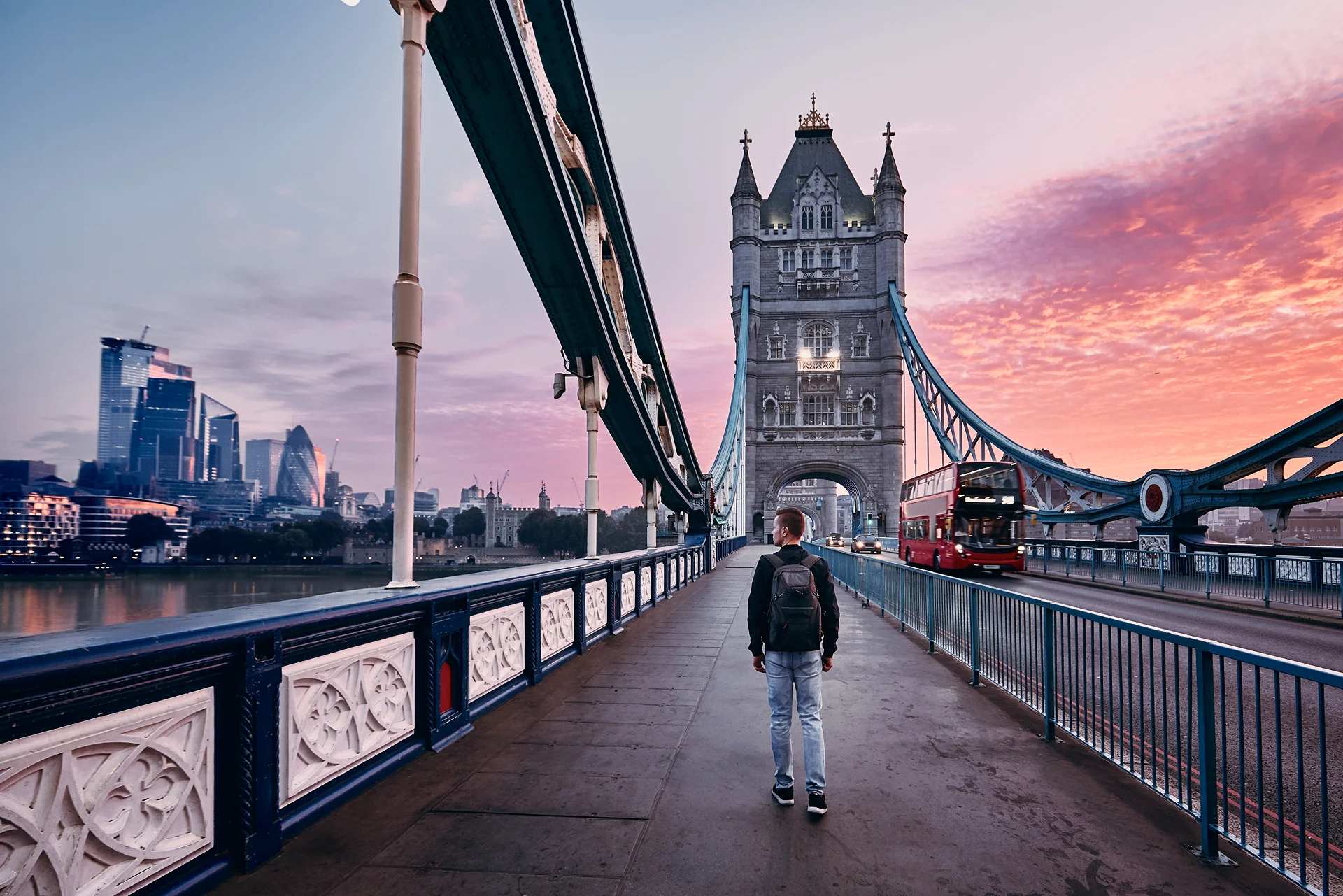
Tower Bridge
Bike
London has made considerable efforts to improve cycling infrastructure throughout the city. As such, experiencing London by bike is a great way to see the city without relying too much on public transport. Throughout London, you will be able to find Santander Cycles, which are bikes you can hire for a certain period of time. For £2, you can have unlimited bike use for up to 24 hours, and it costs a further £2 for each half hour you wish to continue using it. Alternatively, you can use the bike for free if you return it to a docking station before the first 30-minute period. Make sure to download the Santander Cycles app to locate the nearest bike station near you.
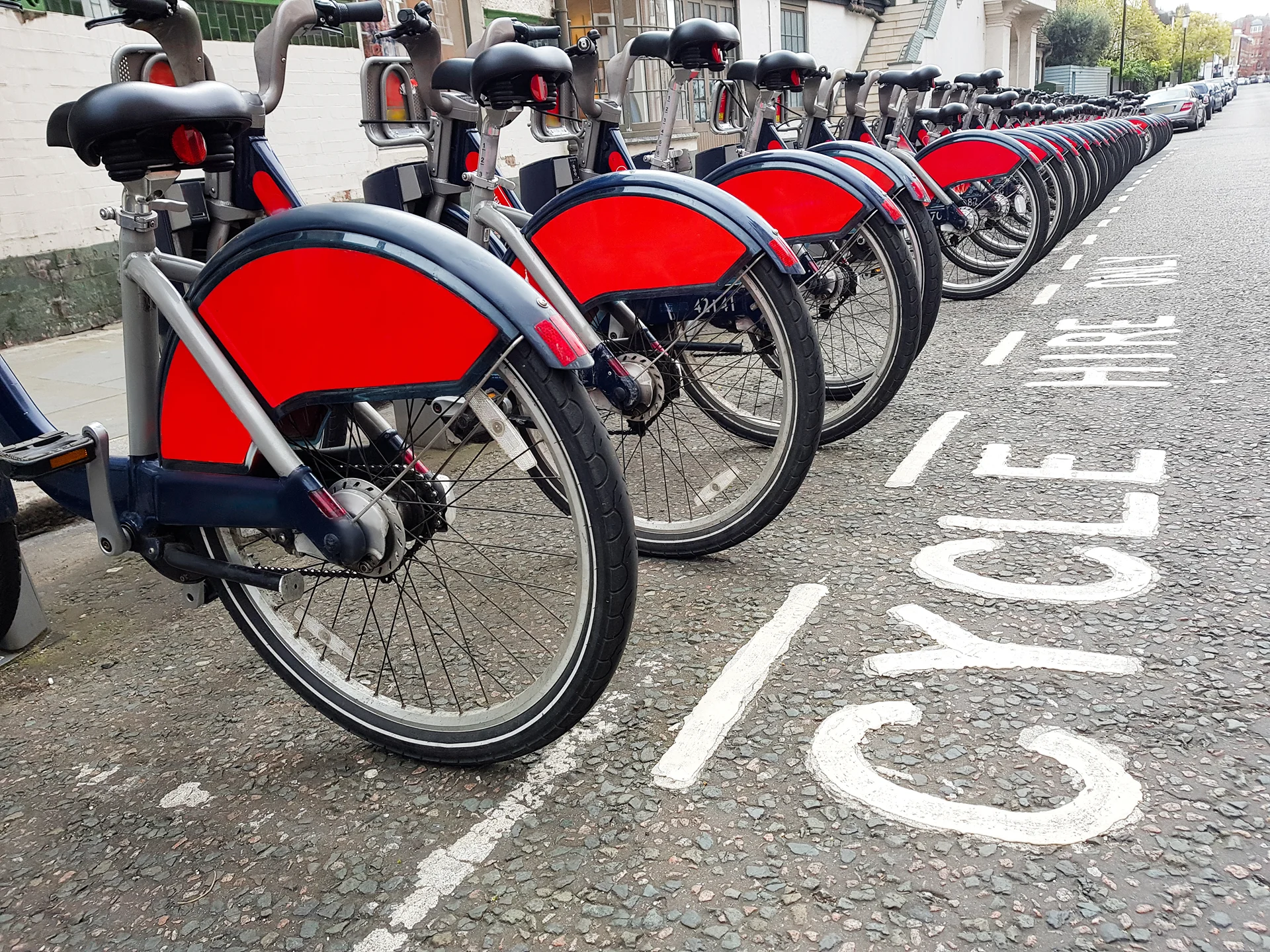
Public Bicycle Rental
Car
Unless you are familiar with the layout of central London, we highly recommend against trying to drive around the city. Even if you are familiar with London, the traffic in the city can make commuting stressful. In addition, the city has implemented congestion charges and higher parking fees to discourage the use of private vehicles in London as much as possible. Therefore, unless you are planning any day trips out of the city, we recommend avoiding driving in London if possible.
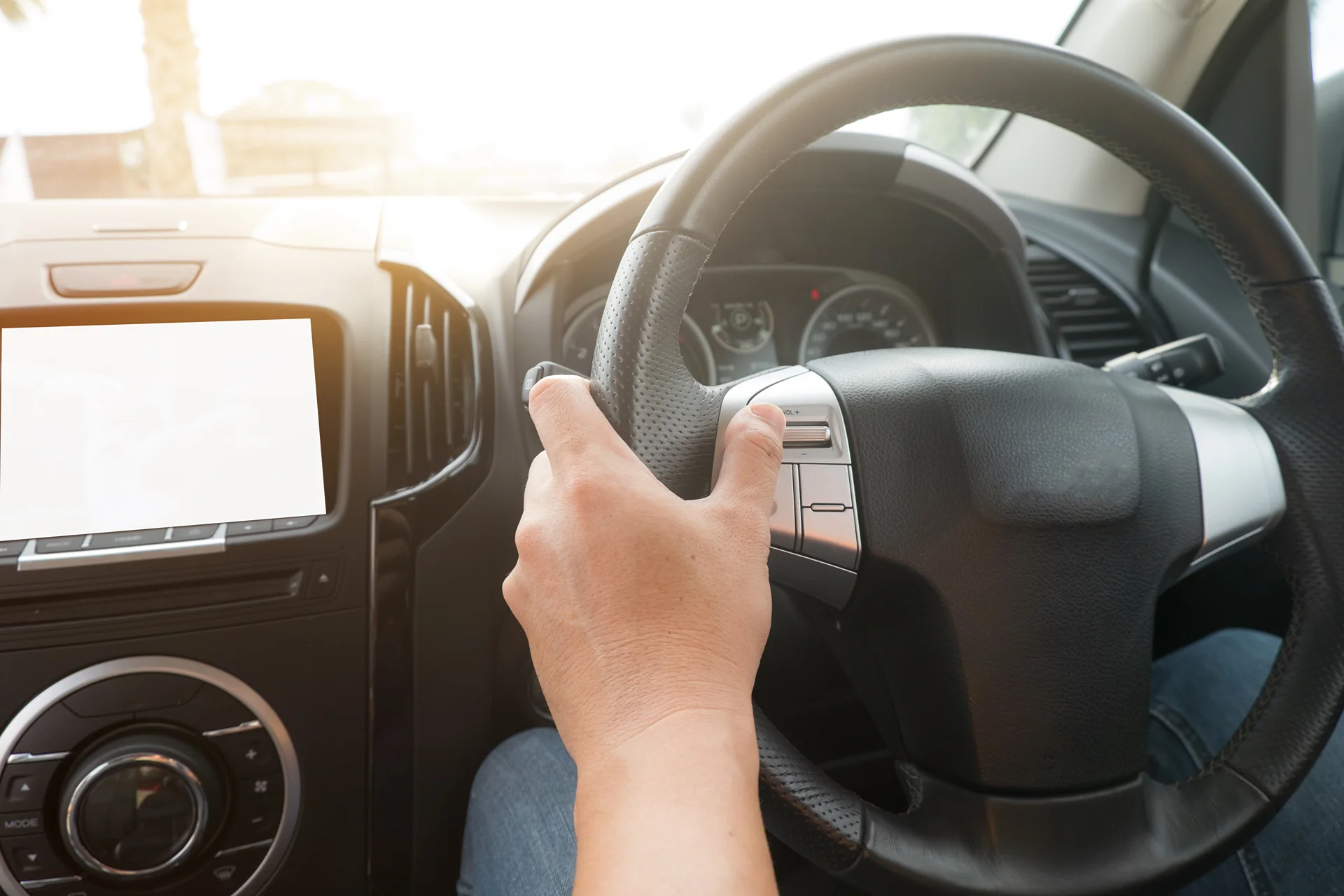
Car rental
Alternative Options
Ride-hailing services are plentiful in central London, and include Uber, a popular app that allows you to book up to 30 days in advance and is more economical for longer distances than a London taxi. The base fare is £2.50 plus 15p per minute and £1.50 per mile, not including “surge pricing”. Addison Lee is another option that allows you to book your ride months in advance, offers phone chargers, Wi-Fi and 4G in cars that are 3-years-old and younger. Addison Lee’s pricing does not change during high-demand times but costs about twice as much as Uber. Another option that offers speedy service is Bolt, which has similar prices to Uber.

Bolt in London








